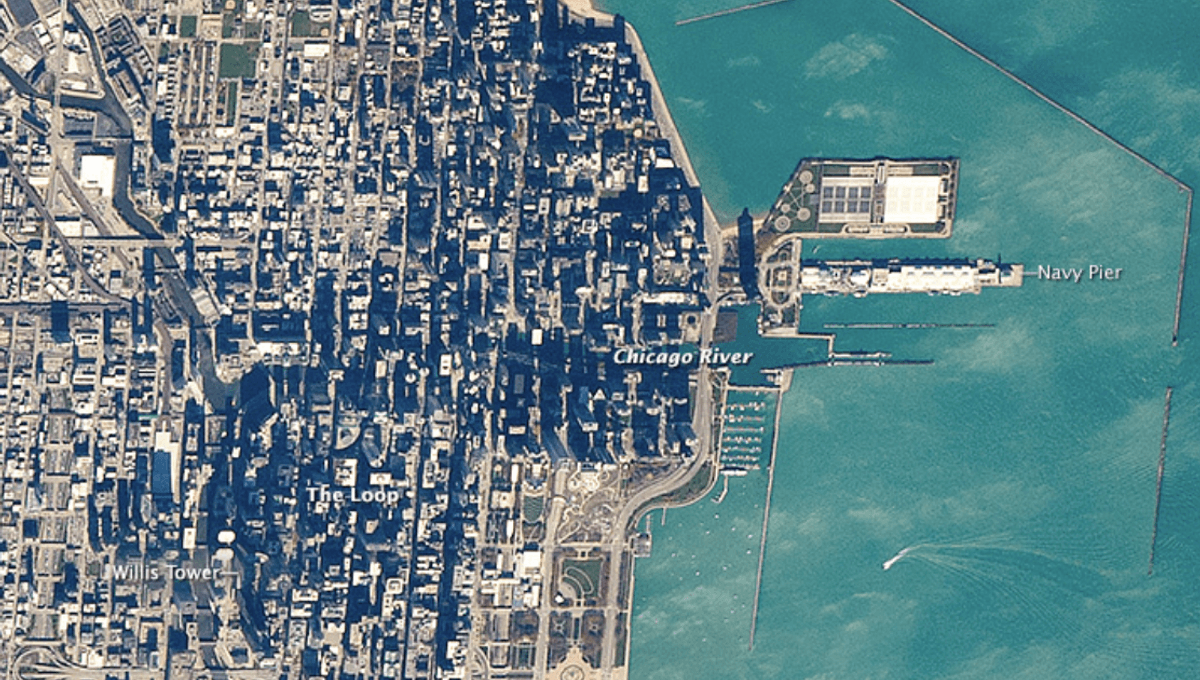-
Nieuws Feed
- EXPLORE
-
Pagina
-
Blogs
-
Forums
“A Wave Of Poo": People Reversed The Direction Of The Chicago River's Flow In 1900

“A Wave Of Poo": People Reversed The Direction Of The Chicago River's Flow In 1900
Faced with filthy waterways and a worsening public health crisis, Chicago’s authorities took a radical step to literally reverse the flow of the Chicago River in 1900. Needless to say, the move did not help relations with the city of St Louis, whose residents suddenly found themselves downstream of a river brimming with garbage, human excrement, industrial waste, and other assorted nasties.
The rest of this article is behind a paywall. Please sign in or subscribe to access the full content. The story begins in the late 19th century when Chicago was the nation’s fastest-growing city, fueled by a booming industrial economy and massive immigration from Europe and elsewhere in the US. Between 1850 to 1910, Chicago went from a town of barely 30,000 people to a thriving metropolis of over 2 million. Like many industrial cities of the era, Chicago struggled to manage its waste and secure clean water. Lots of humans equals lots of waste, which equals bad times if you haven't sorted your water systems and sewers. One of the main problems was that the city obtained its drinking water from Lake Michigan, the same body of freshwater that received runoff and sewage from the crowded neighborhoods and industries along the Chicago River, which acted like a giant gutter for the boomtown. Typhoid, cholera, and other water-borne diseases ran riot. To remedy the problem, the Sanitary District of Chicago was established in 1889 with a bold first assignment: fix the city’s water worries by reversing the flow of the Chicago River. This involved the construction of the Chicago Sanitary and Ship Canal, a 45-kilometer (28-mile) waterway that connects the Chicago River to the Des Plaines River, thereby diverting the city’s wastewater away from Lake Michigan and toward the Mississippi River basin. Engineers excavated a gradual slope, allowing gravity to do the work, and built a series of locks and control structures to regulate the flow. When the canal officially opened in January 1900, gravity did the rest, and the river began to flow backwards; water flowed out of Lake Michigan rather than into it. This was great news for Chicagoans whose stocks of freshwater were no longer riddled with the scourges of overpopulated, industrialized urban hubs. A few days after the canal opening, the Chicago Record newspaper said: “Water that was actually blue in color and had blocks of ice of a transparent green hue floating in it. [It] caused people who crossed bridges over the Chicago River [...] to stop and stare in amazement.” It wasn’t welcome news for those downstream, however. Polluted water was now sent down the Mississippi River, along which many other cities had recently sprung up. One of those was St Louis in the neighboring state of Missouri. “Rather than clean up our act, we decided we’d do something audacious and reverse the river and send our poo down to St. Louis instead,” Josh Mogerman, national media director at the Natural Resources Defense Council, told WBEZ Chicago. “A wave of poo coming down from this giant metropolis is something to be less enthusiastic about,” he added. The city quickly filed an injunction against the river reversal, while some 300 landowners in the Illinois Valley launched legal disputes, but the US Supreme Court eventually ruled that the monumental public works could stay. While Lake Michigan had cleaned up its act, the problem of the Chicago River wasn’t resolved. Throughout much of the 20th century, the river had a reputation for being dirty, disease-ridden, and devoid of life. It wasn’t until the 1970s, with the Clean Water Act and the creation of the Environmental Protection Agency, that the river truly started to recover. Now, things are much better, so much so that wildlife is returning. A recent study found that at least 24 species of fish were successfully reproducing in the river. There are even reports of turtles, beavers, and muskrats living happily in the river. Perhaps most shockingly, humans are returning to its waters too. In 2025, hundreds of people even plunged into the Chicago River in the first organized swim in the river for nearly 100 years – an idea that would have bedridden a factory worker at the turn of the 20th century.


